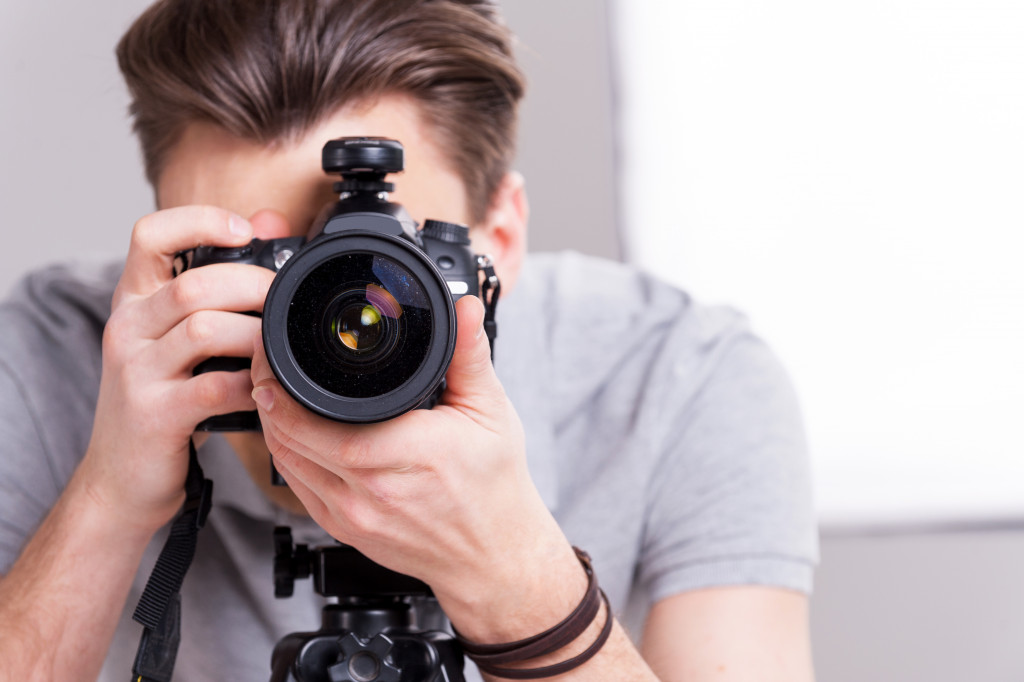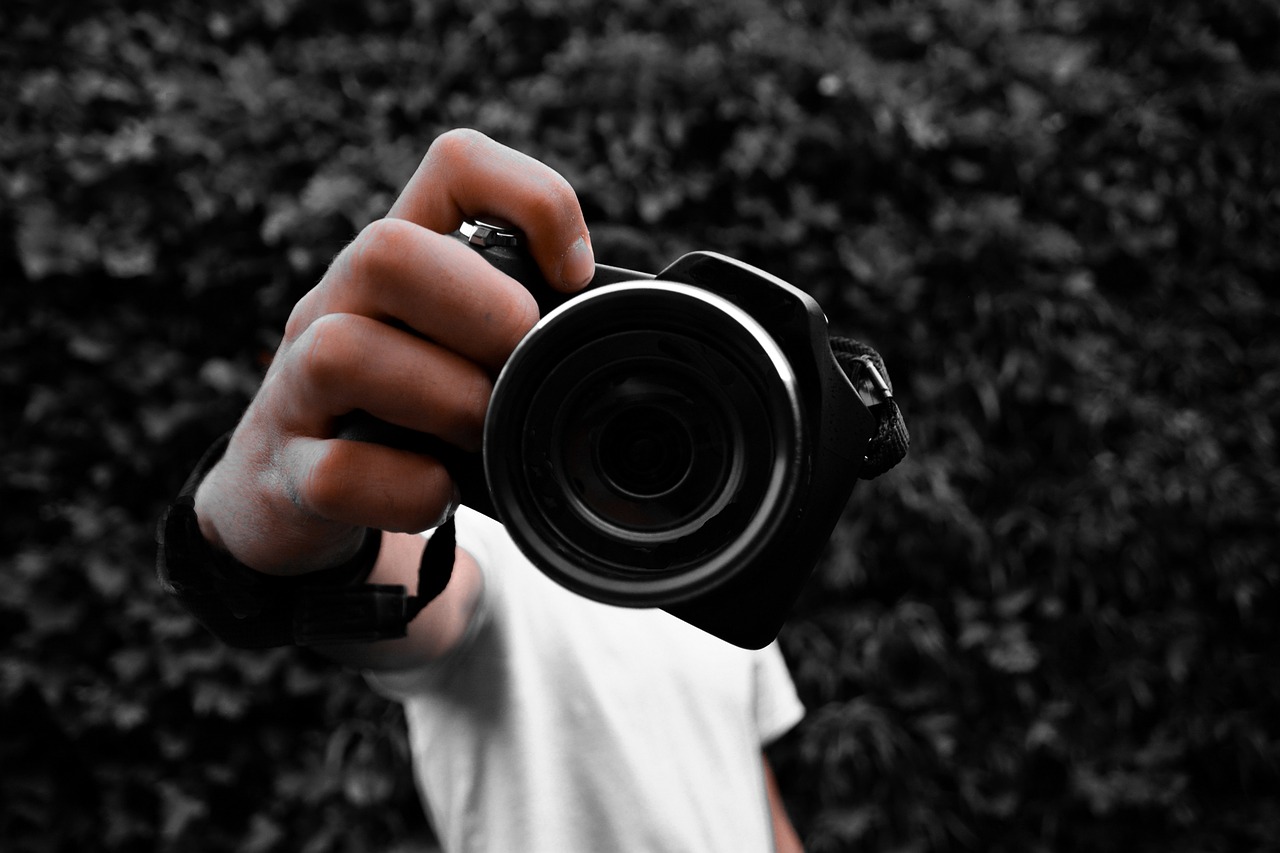Photography is an art form that combines technical skill with creative vision. Understanding the intricacies of cameras, exposure, and the fundamental principles of photography can transform ordinary snapshots into stunning visual stories. Here’s a comprehensive guide to help you master these essential elements.

1. Understanding Your Camera
Types of Cameras:
- DSLR (Digital Single-Lens Reflex): Offers excellent image quality, interchangeable lenses, and advanced settings. Ideal for professional and serious hobbyists.
- Mirrorless Cameras: Compact, lightweight, and with fast autofocus systems. They provide high-quality images and are popular among both amateurs and professionals.
- Point-and-Shoot Cameras: Easy to use, compact, and convenient. Great for casual photography and travel.
- Smartphone Cameras: Highly accessible and increasingly advanced. Perfect for everyday photography and social media.
Basic Camera Settings:
- Aperture (f-stop): Controls the amount of light entering the lens. A lower f-stop (e.g., f/2.8) means a larger aperture and more light, while a higher f-stop (e.g., f/16) means a smaller aperture and less light.
- Shutter Speed: Determines how long the camera’s sensor is exposed to light. Faster speeds (e.g., 1/1000 sec) freeze motion, while slower speeds (e.g., 1/30 sec) can create motion blur.
- ISO: Measures the sensor’s sensitivity to light. Lower ISO (e.g., 100) produces less noise and is ideal for bright conditions, while higher ISO (e.g., 3200) is useful in low light but can introduce grain.
Related Posts
2. Mastering Exposure
Exposure Triangle: The exposure triangle consists of three components: aperture, shutter speed, and ISO. Balancing these three elements is key to achieving the desired exposure.
Exposure Modes:
- Manual Mode (M): Gives you full control over aperture, shutter speed, and ISO. Ideal for advanced photographers who want complete creative control.
- Aperture Priority (A or Av): You set the aperture, and the camera adjusts the shutter speed. Useful for controlling depth of field.
- Shutter Priority (S or Tv): You set the shutter speed, and the camera adjusts the aperture. Great for capturing fast-moving subjects.
- Program Mode (P): The camera sets both the aperture and shutter speed, allowing you to focus on composition.
Histogram: A graphical representation of the tonal values in your image. It helps you understand if your image is underexposed (too dark), overexposed (too bright), or properly exposed.
3. Composition Techniques
Rule of Thirds: Divide your frame into nine equal parts using two horizontal and two vertical lines. Place key elements along these lines or at their intersections to create a balanced and interesting composition.
Leading Lines: Use natural lines in the scene (roads, rivers, fences) to guide the viewer’s eye towards the main subject.
Framing: Use elements within the scene (windows, arches, trees) to frame your subject, adding depth and focus.
Symmetry and Patterns: Symmetrical scenes and repeating patterns can create visually appealing and harmonious images.
Depth of Field: Control the depth of field to isolate your subject from the background. A shallow depth of field (low f-stop) blurs the background, making the subject stand out.
4. Lighting
Natural Light: Learn to work with different types of natural light, such as golden hour (soft, warm light just after sunrise or before sunset) and blue hour (cool, soft light just before sunrise or after sunset).
Artificial Light: Use studio lights, flash, or continuous lighting to control and manipulate light in your images.
Light Direction: Understand how the direction of light affects your subject. Front lighting can create flat images, while side lighting adds depth and texture. Backlighting can produce silhouettes and dramatic effects.
5. Post-Processing
Editing Software: Familiarize yourself with editing tools like Adobe Lightroom and Photoshop. These programs allow you to enhance colors, adjust exposure, and fine-tune your images.
Basic Adjustments:
- Exposure: Correct overall brightness.
- Contrast: Increase the difference between the light and dark areas.
- White Balance: Adjust the color temperature to make the image cooler or warmer.
- Cropping: Improve composition by removing unnecessary elements.
Advanced Techniques:
- Dodging and Burning: Lighten or darken specific areas to enhance details and create depth.
- Sharpening: Enhance the clarity and detail of your image.
- Noise Reduction: Minimize graininess, especially in high ISO images.
Mastering the art of photography involves understanding your camera, mastering exposure, composing your shots creatively, working with light, and post-processing your images. Each element plays a crucial role in transforming your vision into captivating photographs. At Island Vibes Radio, we appreciate the beauty of capturing moments and telling stories through music and imagery. Keep exploring, experimenting, and expressing yourself through your camera lens.



